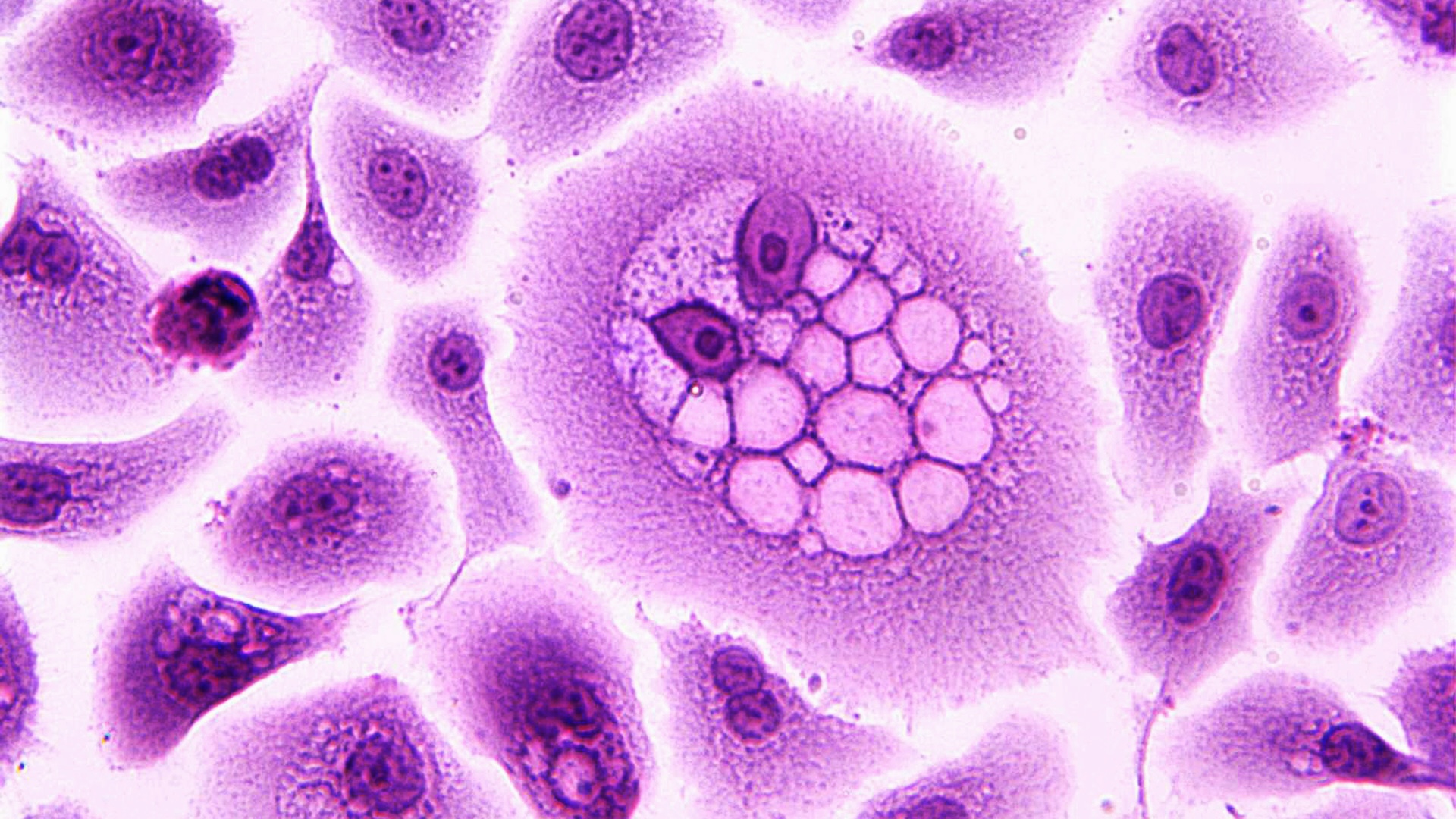Chemosensors, Vol. 11, Pages 323: Polymeric Composite including Magnetite Nanoparticles for Hydrogen Peroxide Detection
Chemosensors doi: 10.3390/chemosensors11060323
Authors: Maria Roniele Felix Oliveira Pilar Herrasti Roselayne Ferro Furtado Airis Maria Araújo Melo Carlucio Roberto Alves
The combination of a biopolymer and a conductive polymer can produce new materials with improved physico-chemical and morphological properties that enhance their use as sensors. Magnetite nanoparticles (MN) can be further introduced to these new matrices to improve the analytical performance. This study aimed to evaluate the electrocatalytic response of nanocomposites formed by the introduction of MN to polypyrrole (PPy) doped in the presence of cashew gum polysaccharide (CGP) and in the presence of carboxymethylated cashew gum polysaccharide (CCGP). Characterization of the nanocomposites was carried out via transmission electron microscopy (TEM) and infrared spectroscopy (FTIR) and showed that the absorption band of the blend was shifted to a higher frequency in the nanocomposites, indicating the intermolecular interaction between the blend and nanoparticles. The electrocatalytic performance of the nanocomposites was evaluated by applying a constant potential of −0.7 V with successive additions of H2O2 (1 mmol L−1) in 10 mmol L−1 phosphate buffer under agitation at pH 7.5. The nanocomposite formed by the introduction of MN to polypyrrole doped with cashew gum polysaccharide (PPy(cgp)–MN) displayed excellent electrocatalytic surface properties, with high H2O2 specificity, a linear response (R2 = 0.99), high sensitivity (0.28 µmol L−1), and a low H2O2 detection limit (0.072 mmol L−1).

 1 year ago
41
1 year ago
41

